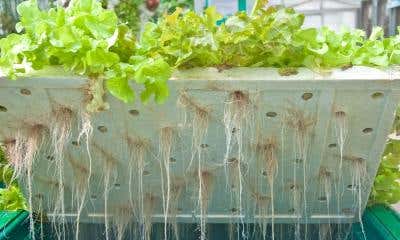Hemp, a versatile and valuable crop, requires appropriate irrigation to ensure healthy growth and maximize yields. Proper irrigation practices play a crucial role in maintaining optimal moisture levels in the soil, promoting root development, and supporting overall plant health.
One common method of hemp irrigation is drip irrigation, which involves delivering water directly to the plant's root zone through a network of tubes and emitters. This method allows for precise water delivery, minimizing water waste and ensuring efficient uptake by the plants. Drip irrigation also reduces the risk of fungal diseases, as the foliage remains dry, and water is delivered at the soil level.
Another popular irrigation technique for hemp is pivot irrigation, particularly suitable for large-scale hemp fields. Pivot irrigation involves a rotating system of sprinklers mounted on a central pivot point. This method provides uniform water distribution over a large area and can be automated for convenience. However, careful monitoring is essential to prevent overwatering or underwatering, as uneven water distribution can lead to uneven growth.
In regions with limited water availability, hemp farmers may opt for alternative irrigation methods like subsurface drip irrigation or underground irrigation. These techniques involve placing irrigation lines below the soil surface to deliver water directly to the plant's root zone. This reduces water loss through evaporation and minimizes weed growth.
When determining the irrigation schedule for hemp, it's important to consider factors such as the plant's growth stage, soil moisture levels, weather conditions, and local regulations. Hemp generally requires frequent irrigation during its early growth stages to establish a strong root system. As the plants mature, the frequency of irrigation can be reduced, allowing the soil to dry out slightly between watering sessions.
It is crucial to monitor soil moisture levels regularly and adjust the irrigation schedule accordingly. Overwatering can lead to root rot and nutrient leaching, while underwatering can stunt growth and reduce yields. A well-maintained irrigation system, combined with proper soil moisture monitoring, ensures that hemp plants receive the optimal amount of water throughout their lifecycle.
Implementing effective irrigation practices is vital for successful hemp cultivation. Whether through drip irrigation, pivot irrigation, or alternative methods, providing adequate water at the right time and in the right amounts supports healthy plant growth and maximizes hemp yields. By understanding the irrigation needs of hemp and employing efficient watering techniques, farmers can cultivate thriving hemp crops and contribute to the sustainable production of this valuable crop.
















